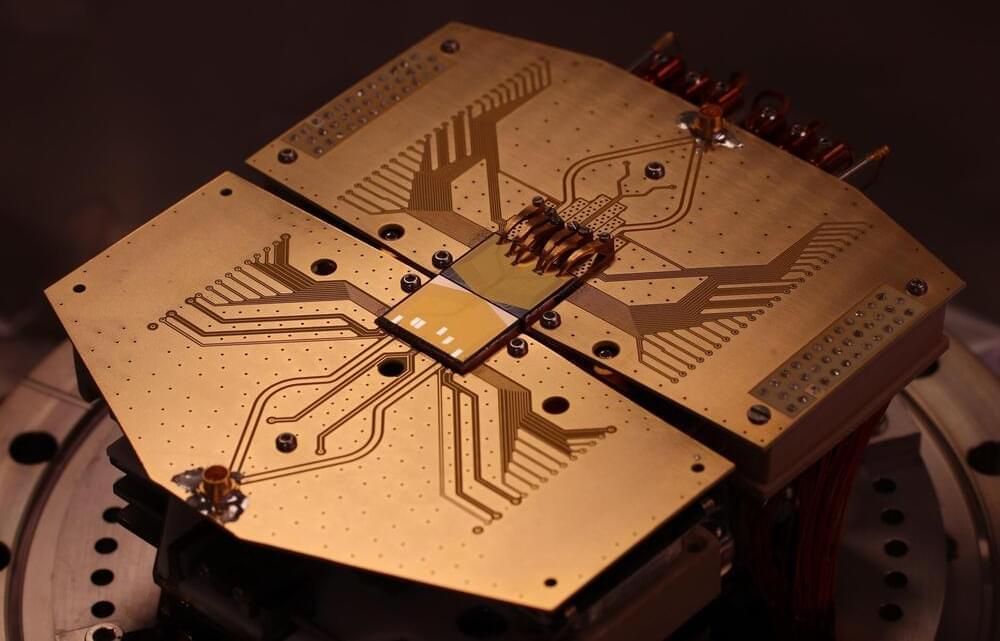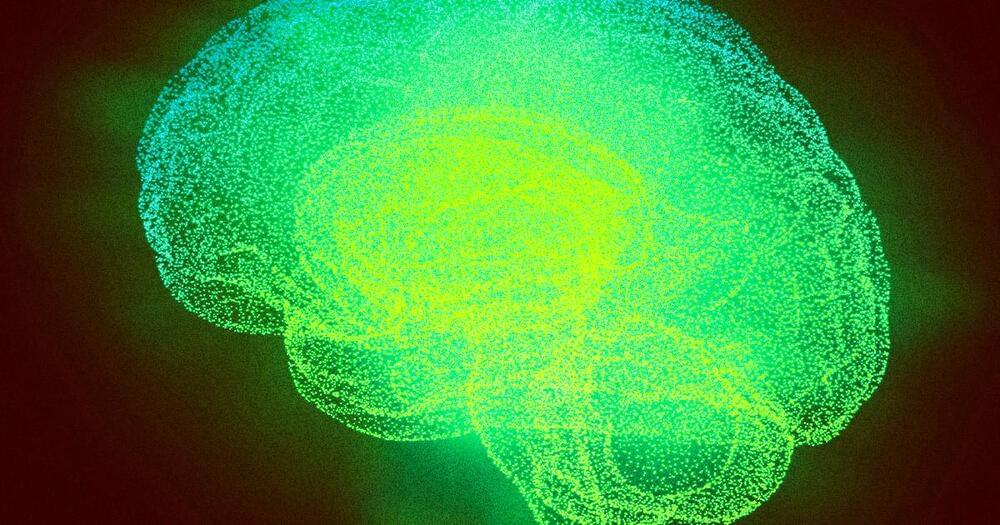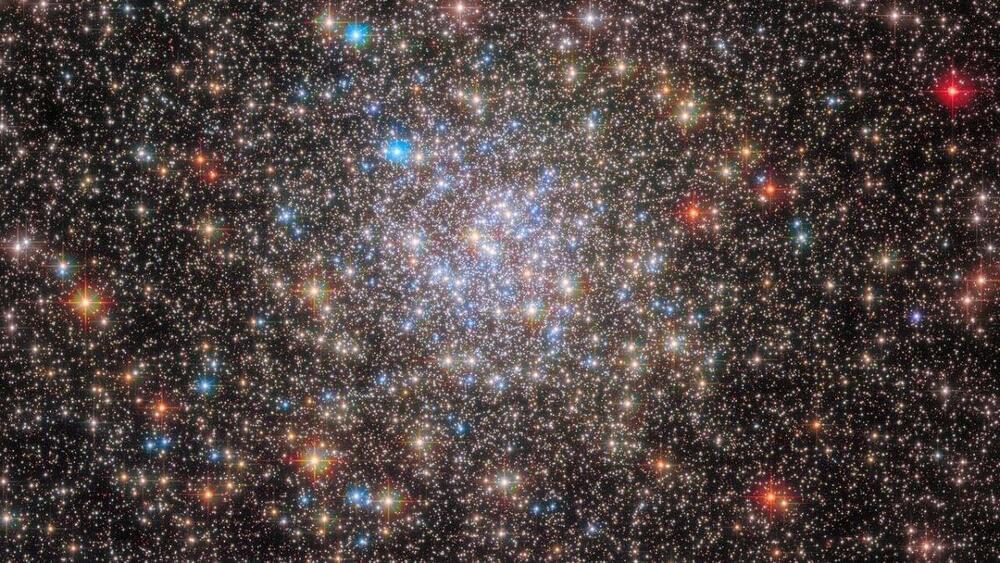The price of eggs has more than doubled in the last year due to inflation, avian flu outbreaks, and the war in Ukraine. But demand for the breakfast and baking staple hasn’t gone down much; people like eggs, and there aren’t many viable substitutes that truly taste, look, and perform like the real thing.
An Israeli startup called Yo Egg thinks it has a solution in the form of vegan eggs. The product doesn’t share much with real eggs in terms of composition, but the company says it’s achieved a near-exact match in taste and texture.
Yo eggs are made primarily of water, vegetable oil, soy protein, and chickpea protein, with small amounts of other ingredients including potato starch, yeast, and seaweed extract. One egg has 40 calories, 1 gram of fat, no cholesterol, and 3 grams of protein.




